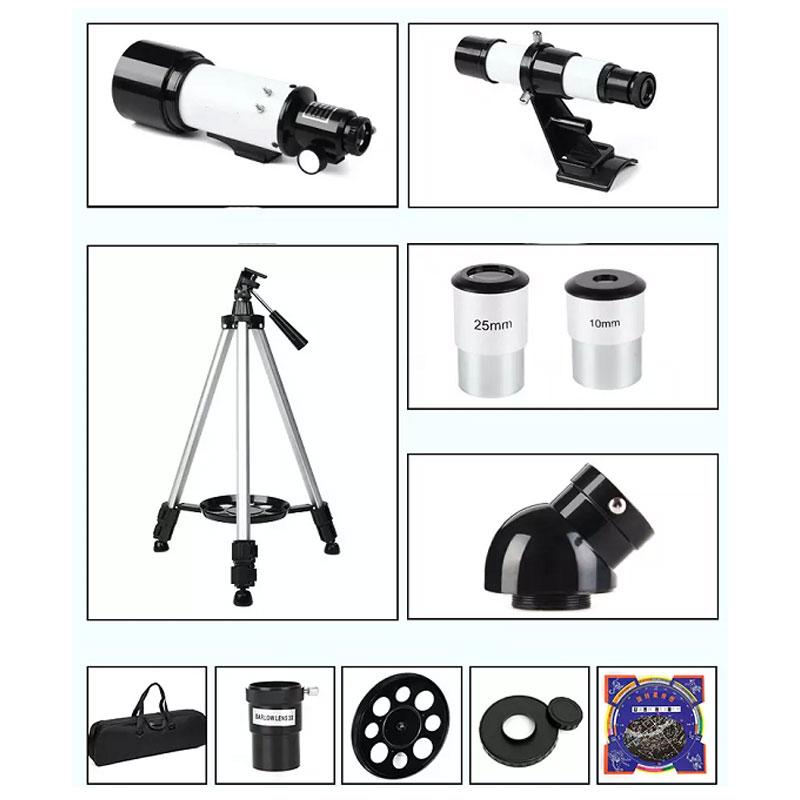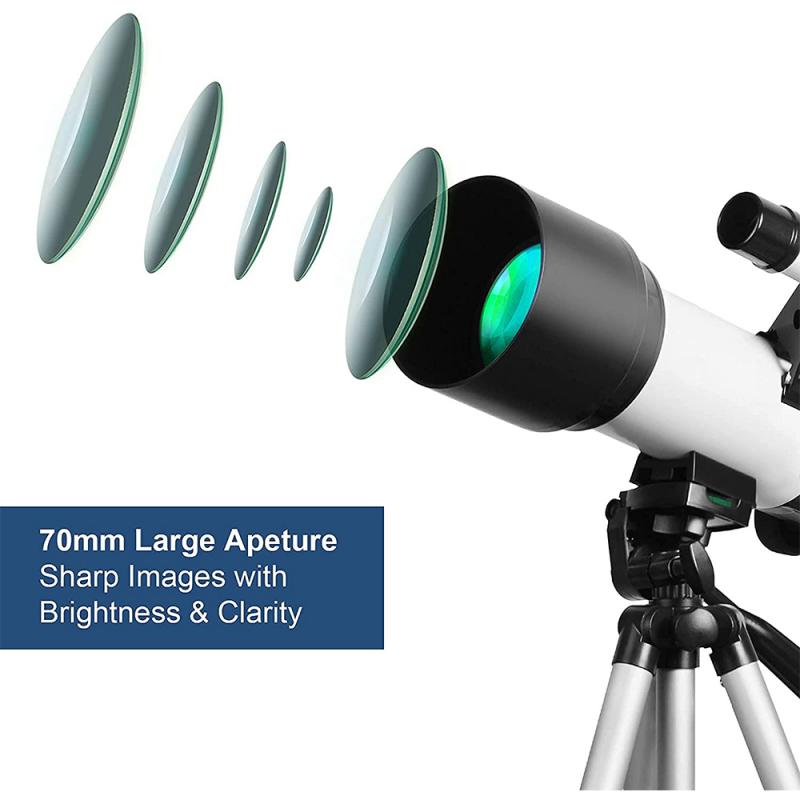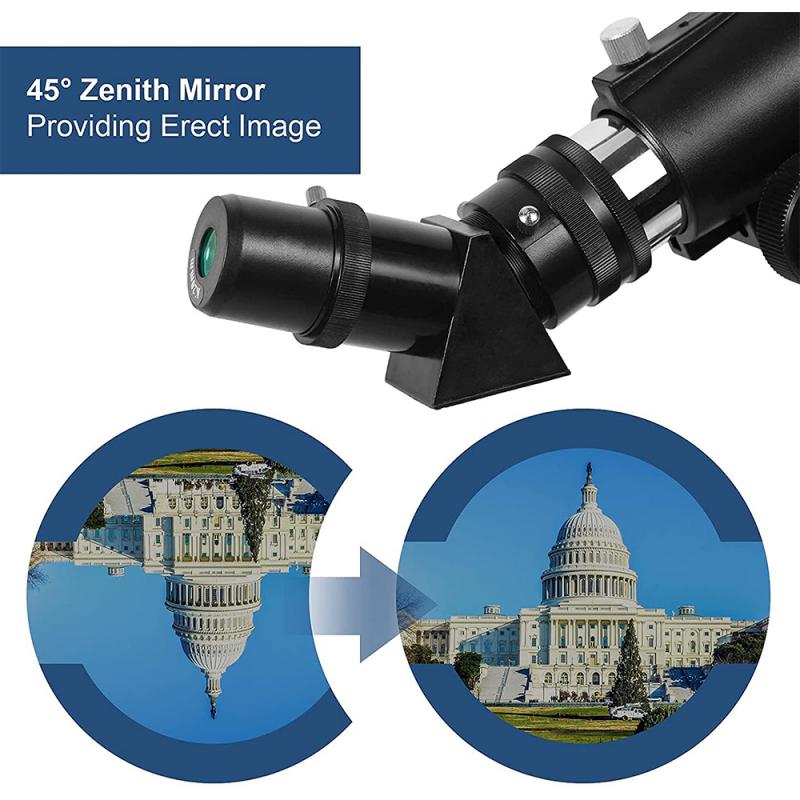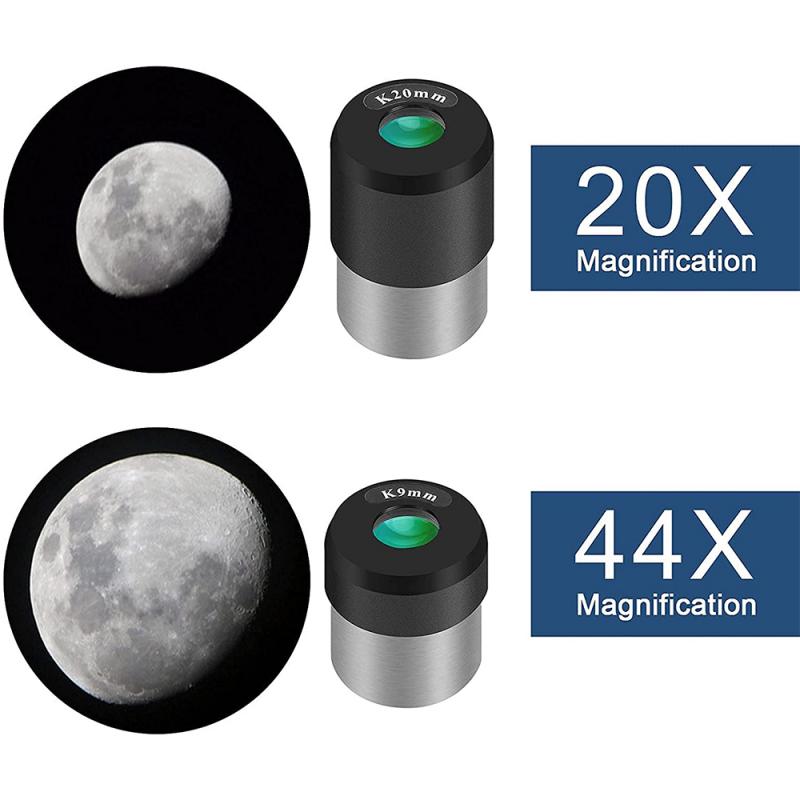What Can You See With A Home Telescope?
Exploring the Night Sky: What You Can See with a Home Telescope
The night sky has fascinated humanity for millennia, and with the advent of modern telescopes, amateur astronomers can now explore the cosmos from their own backyards. Whether you're a seasoned stargazer or a curious beginner, a home telescope can open up a universe of wonders. In this article, we'll delve into the various celestial objects and phenomena you can observe with a home telescope, providing practical tips and insights to enhance your stargazing experience.
The Moon: Our Nearest Neighbor

One of the most rewarding and accessible objects to observe with a home telescope is the Moon. Its proximity to Earth makes it an ideal target for beginners and experienced astronomers alike. With even a modest telescope, you can see:
- Craters: The Moon's surface is pockmarked with craters of various sizes, formed by asteroid impacts over billions of years. Notable craters like Tycho, Copernicus, and Clavius are easily visible.
- Lunar Seas (Maria): These vast, dark plains are actually ancient basaltic lava flows. The Sea of Tranquility, where Apollo 11 landed, is a prominent example.
- Mountain Ranges: The Moon's rugged terrain includes mountain ranges such as the Apennines and the Alps, which can be seen in striking detail.
- Phases: Observing the changing phases of the Moon provides insight into its orbit and the interplay of light and shadow on its surface.
Planets: Our Solar System Companions

Planets are another exciting category of celestial objects that can be observed with a home telescope. Depending on the time of year and your location, you can see:
- Jupiter: The largest planet in our solar system is a favorite among amateur astronomers. With a small telescope, you can see its four largest moons (Io, Europa, Ganymede, and Callisto) and the planet's cloud bands. Larger telescopes reveal the Great Red Spot, a massive storm.
- Saturn: Known for its stunning ring system, Saturn is a breathtaking sight through a telescope. You can also observe its largest moon, Titan, and other smaller moons.
- Mars: The Red Planet's surface features, such as polar ice caps and dark volcanic regions, can be seen during favorable oppositions when Mars is closest to Earth.
- Venus: Venus goes through phases similar to the Moon, and these can be observed with a telescope. Its thick cloud cover, however, obscures surface details.
- Mercury: Observing Mercury is challenging due to its proximity to the Sun, but during favorable elongations, you can see its phases.
Deep Sky Objects: Beyond Our Solar System

For those looking to venture beyond our solar system, a home telescope can reveal a plethora of deep sky objects, including:
- Star Clusters: These are groups of stars bound together by gravity. The Pleiades (Seven Sisters) and the Hercules Cluster (M13) are popular targets.
- Nebulae: These vast clouds of gas and dust are the birthplaces of stars. The Orion Nebula (M42) and the Ring Nebula (M57) are among the most famous.
- Galaxies: Observing other galaxies provides a humbling perspective on our place in the universe. The Andromeda Galaxy (M31) is the closest spiral galaxy to the Milky Way and can be seen with a small telescope. Other notable galaxies include the Whirlpool Galaxy (M51) and the Sombrero Galaxy (M104).
Double Stars: Stellar Pairs

Double stars, or binary stars, are pairs of stars that orbit a common center of mass. They offer a unique observing challenge and are often quite beautiful. Some well-known double stars include:
- Albireo: Located in the constellation Cygnus, Albireo is a striking double star with contrasting colors—one blue and one gold.
- Castor: In the constellation Gemini, Castor is a multiple star system with six components, though only two are easily visible through a small telescope.
- Mizar and Alcor: This famous double star in the handle of the Big Dipper is a good test of your telescope's resolving power.
Practical Tips for Observing
To make the most of your home telescope, consider the following practical tips:
- Choose the Right Telescope: For beginners, a refractor or reflector telescope with an aperture of at least 70mm is recommended. Larger apertures provide better light-gathering ability and more detailed views.
- Use Appropriate Eyepieces: Different eyepieces provide different magnifications. Start with a low-power eyepiece to locate your target, then switch to a higher-power eyepiece for detailed observation.
- Plan Your Observing Session: Use star charts, astronomy apps, or planetarium software to plan your observing session. Knowing what to look for and where to find it will enhance your experience.
- Find a Dark Sky Location: Light pollution can significantly impact your ability to see faint objects. If possible, find a location away from city lights.
- Be Patient and Persistent: Observing celestial objects takes practice and patience. Spend time at the eyepiece, and don't be discouraged if you don't see everything right away.
A home telescope is a gateway to the wonders of the universe. From the craters of the Moon to the rings of Saturn, the night sky offers a wealth of celestial treasures waiting to be discovered. By understanding what you can see and how to observe it, you'll embark on a rewarding journey of exploration and discovery. Whether you're marveling at the intricate details of a distant galaxy or the vibrant colors of a double star, the universe is yours to explore, one night at a time. Happy stargazing!
